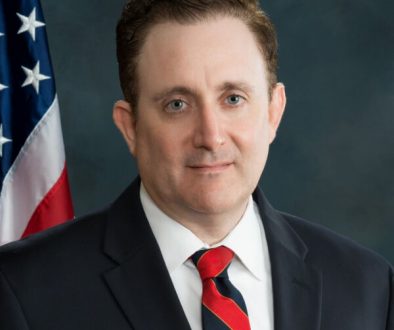Interview with emergency specialist Sandrine Duranton
“The skills required to become an emergency doctor in no way depend on animal experimentation”

Antidote Europe is very honored to publish the following interview with emergency specialist Dr Sandrine Duranton. Dr Duranton obtained her medical degree at the Saint Louis Faculty of Medicine in Paris in 1992 before going on to study emergency medicine at the Faculty of Medicine in Bobigny in 1995. She has a total of 26 years of experience in dealing with medical emergencies as well as natural disaster relief in France and abroad. For the past 12 years, she has held the position of chief medical officer for the emergency services of Val d’Oise.
Dr Duranton is the recipient of the following decorations and awards :
• Knight of the Legion of Honour, 5 June 2014,
• Medal of Vermeil for Act of Courage and Dedication for the mission “Haiti”, June 2010,
• Knight of the National Order of Merit, 16 May 2008,
• Bronze Medal for Act of Courage and Dedication for the “China” Mission, September 2008.
Below are her personal and professional views on the subject of animal experiments with respect to the teaching and training of emergency medicine :
Antidote Europe (AE) : Were you ever faced with having to perform animal experiments during the course of your medical studies ? If so, how did you react ? If no, can you describe
the teaching methods that were used ?
Sandrine Duranton (SD) : I was never faced with having to perform animal experiments during the course of my medical studies. However, I do remember being instructed to sever the spinal cord of a frog in high school biology class in order to demonstrate the spinal reflex of the hind legs. Two students shared a frog and this senseless killing left me with a very sad and bitter memory. I promised myself then never to experiment again on another animal.
This issue never arose during my medical studies. The teaching curriculum was based on results obtained from studies on human patients, with their informed consent and willing to take part in clinical trials, especially to test new treatments. Anatomy was taught by means of drawings and illustrations. The learning of particular surgical techniques was made possible by the use of cadavers donated to science by human patients.
AE : After obtaining your medical degree, were you ever subsequently confronted with animal experiments, during your training as an emergency doctor ?
SD : No, I was never faced with having to perform animal experiments during my specialist training as an emergency doctor.
AE : Based on your professional experience, would you say that it is possible to acquire the necessary skills of an emergency doctor without practising animal experiments ? Could you elaborate on the learning techniques (for example mannekins, cadavers, simulators) that render the use of animals obsolete to acquire the necessary emergency skills (such as the course in Advanced Trauma Life Support) ?
SD : Gaining the required emergency skills in human medicine does not require animal experimentation. The recent advances made in the field of simulation using mannekins has had a major impact, both in terms of basic medical education and in terms of advanced and continued medical training. This includes, among other things, the demonstration of the correct use of medical equipment, such as cardiac defribrillators. This allows medical trainees to be exposed to a wide range of emergency situations in order to practice appropriate life saving techniques. The use of mannekins has become an invaluable teaching tool in tandem with ever more sophisticated simulators that are able to mimic increasingly complex emergency situations. These teaching aids allow trainee doctors to test their skills in an almost real-life situation. All of the new life saving techniques are taught today using simulators.




